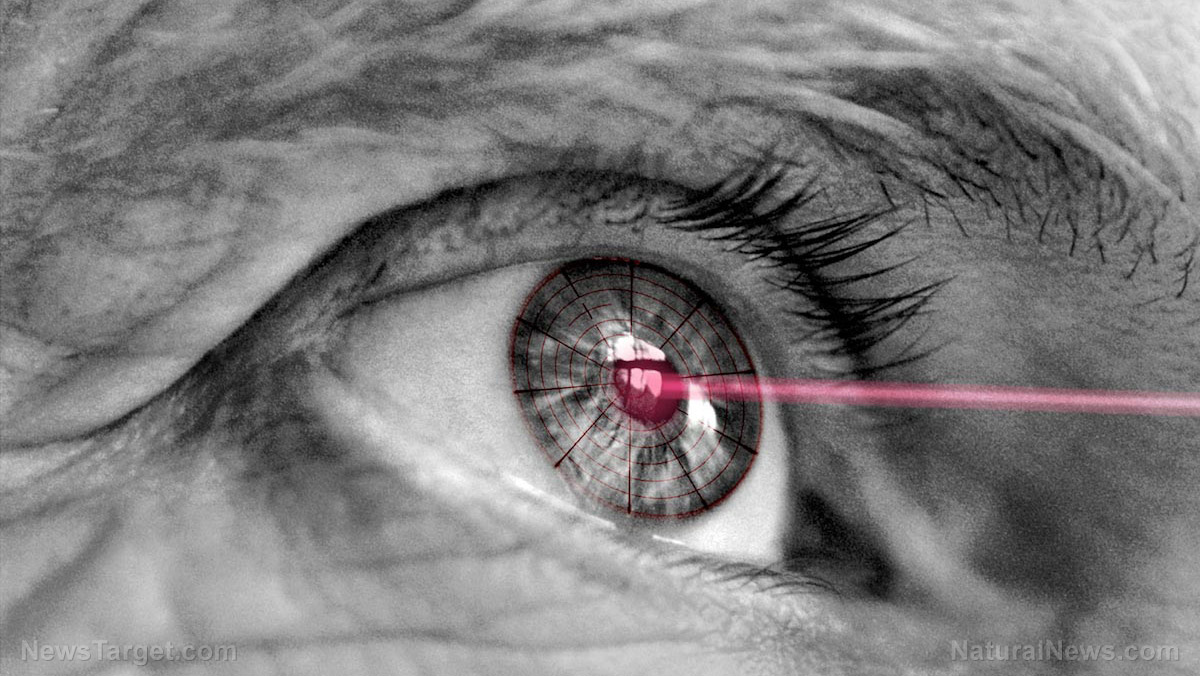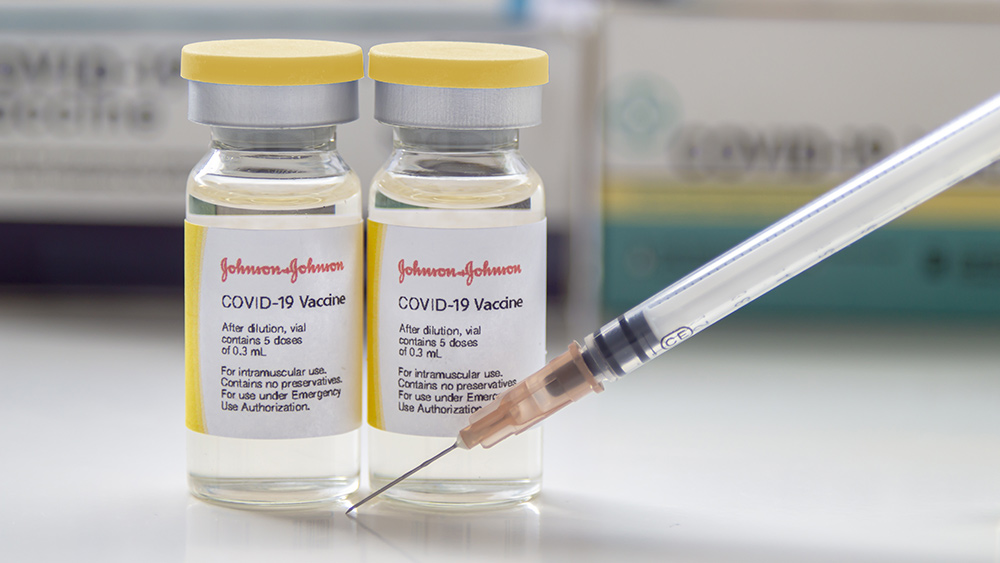Take a closer look: People who have undergone LASIK eye surgery warn others about various post-op complications
05/18/2021 / By Virgilio Marin

Short for laser-assisted in situ keratomileusis, LASIK surgery is the most commonly performed laser refractive procedure to correct vision problems. It uses a special type of cutting laser to precisely change the shape of the cornea, the dome-shaped clear tissue at the front of the eye.
LASIK offers a way out of wearing contact lenses and eyeglasses. But for some who have undergone surgery, it has brought more harm than good. Now, those people are putting the word out about the dangers of LASIK eye surgery.
LASIK complications and their link to suicide
Paula Cofer had LASIK two decades ago because she wanted to stop using eyeglasses and contact lenses. But a month after the surgery, she was back in glasses. Today, she continues to suffer from poor night vision, chronic dry eye and eye pain.
“From day one, it was a disaster,” Cofer told Healthline. “I felt tricked. [The LASIK industry is] very deceptive. People think glasses are a hassle? Wait until they have complications.”
In 2018, television meteorologist Jessica Starr committed suicide two months after getting SMILE surgery, a newer type of laser refractive eye procedure based on LASIK. In the lead-up to her death, Starr was struggling with her slow recovery and complained of dimming vision and dry eyes. Her husband, Dan Rose, believes that a negative experience with LASIK led to Starr’s depression and suicide.
“Prior to the procedure, Jessica was completely normal, very healthy,” Rose told FOX 2, the media outlet that Starr used to work for. “There was no depression, there [were] no antidepressants, there was no underlying issue … I want to make that absolutely clear.”
In 2015, Max Cronin decided to have LASIK surgery shortly after serving as a soldier in Iraq. He thought the procedure would allow him to study easier as a petroleum engineer student. His mother, Dr. Nancy Burleson, supported the procedure and even paid for it.
But after the surgery, Cronin developed complications that led to impaired vision, severe eye pain and dry eyes. He eventually dropped out of school and was unable to find work. In 2016, he was found dead of a single, self-inflicted bullet wound. In his suicide note, he wrote that his struggle with the aftereffects of LASIK surgery was one of the reasons he ended his life. (Related: Lasik eye procedures may result in disruptive visual symptoms.)
Burleson, an OB-GYN and a proud member of the medical community, published his son’s story online to spread awareness about the side effects of LASIK. She has also met nearly a dozen others who lost a loved one to suicide after a bad experience with LASIK.
LASIK complications more common than FDA reports
Many eye specialists maintain that they encounter very few patients who had serious, permanent eye problems after getting LASIK surgery. The Food and Drug Administration (FDA) also said that only one percent of people who took the procedure experience long-term complications.
But Morris Waxler, a former FDA reviewer who was part of the approval process for LASIK, said that the actual number is much higher. As he wrote in a report a few years ago, manufacturers’ data submitted to the FDA indicate that “double-digit percentages of LASIK customers suffer late onset and/or persistent complications six to 12 months after surgery.”
Waxler estimated that around 43 percent of people who had LASIK surgery experience vision distortion like halos, starburst, haziness and loss of night vision. Dry eyes and eye pain are also fairly common. But Waxler said that the FDA is “burying” the actual number deep in report summaries.
Learn more about the dangers of LASIK and other kinds of eye surgery at DangerousMedicine.com.
Sources include:
Tagged Under: dangerous procedures, depression, eye health, eye surgery, harmful medicine, LASIK, LASIK SMILE, suicide, vision, vision correction
RECENT NEWS & ARTICLES
COPYRIGHT © 2017 DANGEROUSMEDICINE.COM
All content posted on this site is protected under Free Speech. DangerousMedicine.com is not responsible for content written by contributing authors. The information on this site is provided for educational and entertainment purposes only. It is not intended as a substitute for professional advice of any kind. DangerousMedicine.com assumes no responsibility for the use or misuse of this material. All trademarks, registered trademarks and service marks mentioned on this site are the property of their respective owners.





















